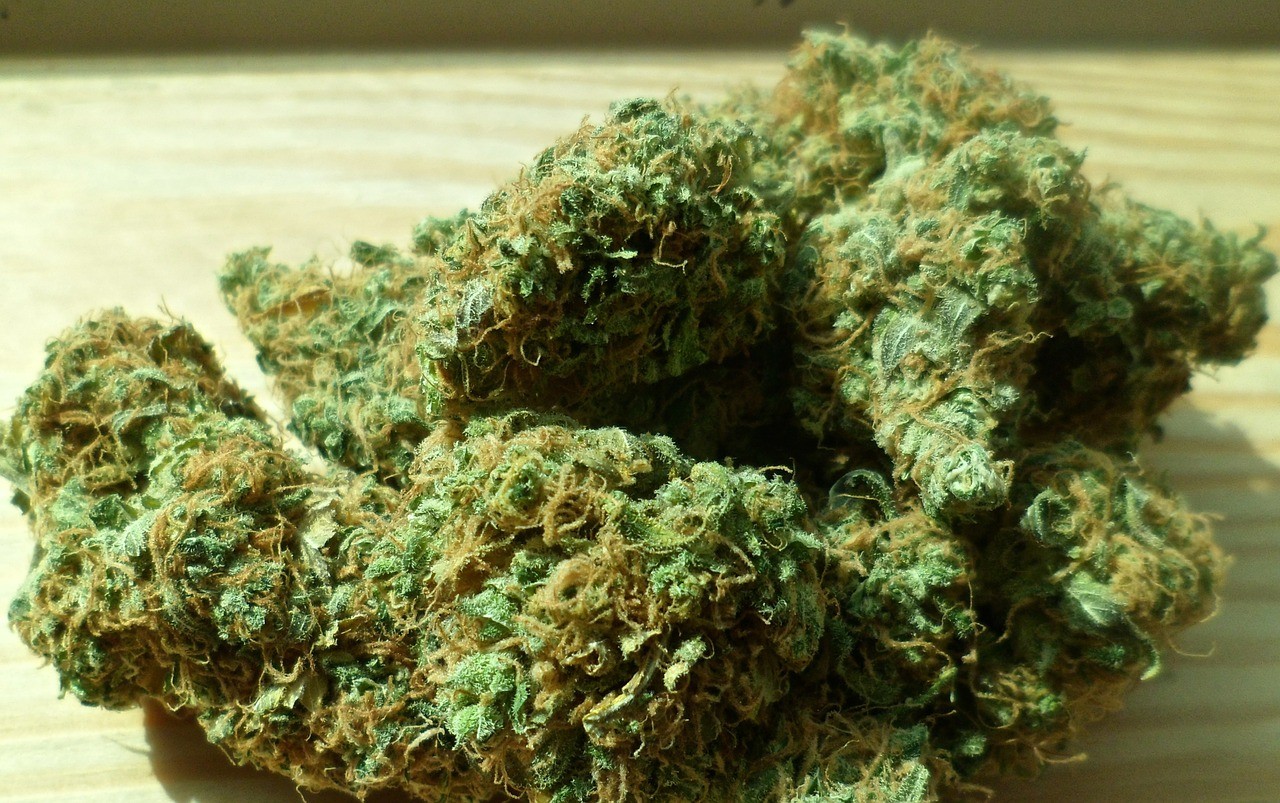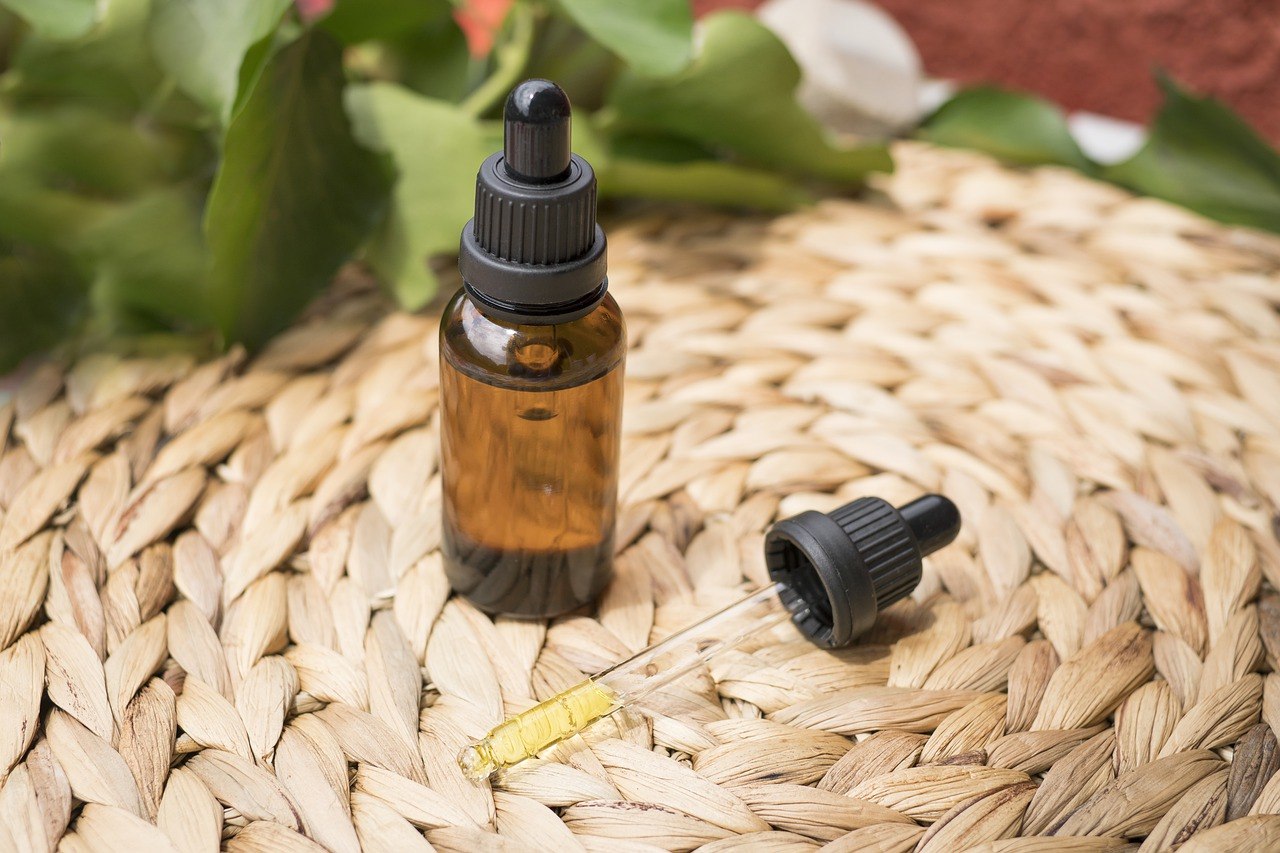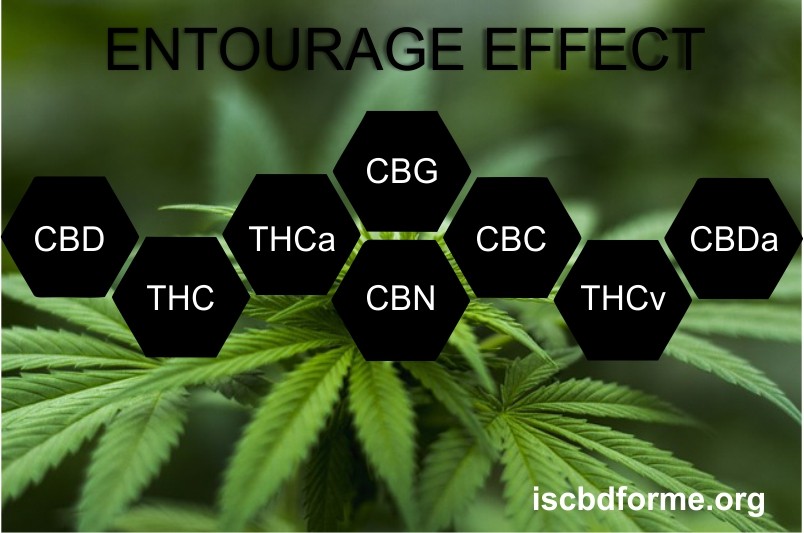Most of us have heard the terms cannabis, CBD, and THC about both medical and recreational usage, but what do we know about CBN, CBG, and the other lesser-known compounds? Do they play a role in our day-to-day health routine? CBD, THC, CBN, CBG, THCV – what do they all mean, and do they provide any health benefits? Let’s find out.
What is Cannabis?
Cannabis, which is also referred to as marijuana, weed, pot, dope, and Mary Jane is the dried flowers and leaves of the cannabis plant. It contains approximately 113 identified cannabinoids which are natural compounds, such as CBD and THC. These cannabinoids account for up to 40% of the plant’s extract.
There are three major species of the cannabis plant – Indica, Sativa, and the more obscure Ruderalis.
The Indica is shorter and bushier with wide round leaves. They grow faster producing a high yield. When used in medicine, they have a higher ratio of CBD to THC.
The Sativa, on the other hand, is taller and thinner with more pointed leaves. They take longer to grow and give an energetic high. When used in medicine, they tend to have a higher ratio of THC to CBD.
Ruderalis, the third species, is short (seldom grows to over two feet), and has large leaves and thick stems. It matures quickly and is mostly used for making clothes, rope, etc. It is low in THC and high in CBD. If combined with THC from the Sativa plant, it can produce a very potent strain and has been used to manage anxiety, epilepsy, loss of appetite, sclerosis, and pain associated with cancer.
Cannabidiol (CBD)
The CBD phytocannabinoid (cannabinoid) discovered in 1940 is one of the key ingredients found in the cannabis plant. CBD is non-psychoactive (does not get you high). Many people use it as a stress or pain relief or to relax.
Clinical research has been done on the use of CBD for anxiety and pain but substantial evidence is inconclusive.
CBD is ingested in many ways including inhaling, aerosol spray, capsules, isolates, edibles, and oils. It is also used as a topical for many ailments.
Benefits:
- Management of chronic pain
- Cessation of smoking or harmful drugs
- Seizures
- Anxiety
- Mental disorders
- PTSD
- Type 1 diabetes
- Acne and other skin conditions
- Sleep disorders
- Depression
- Migraines
- Parkinson’s Disease
- Schizophrenia
- Multiple Sclerosis.
CBD is not a cure but is used to manage and support quality of life.
In June 2018, the FDA approved Epidiolex, an oral solution, for treating seizures associated with Lennon-Gastaut and Dravet Syndromes for patients two and older. With the FDA’s stand on cannabis, this is the first drug containing a marijuana derivative that they have approved.
Tetrahydrocannabinol (THC)
THC is the other famous compound found in cannabis and is the culprit responsible for the ‘high’ or euphoric feeling. It comes from the dried flowering tops, leaves, stems, and seeds of the cannabis Sativa (hemp) plant.
Like CBD, THC is ingested in many ways –
- inhalation (smoking and vaporizing)
- Edibles
- Capsules
- Oils
Ingesting orally usually produces effects within thirty minutes to an hour, peaking around two hours and lasting as long as six hours. Those taking marijuana for medicinal purposes, such as chronic pain, prefer this method because it lasts longer. However, it can be difficult to give a quantifiable amount.
It is also applied as a topical.
Benefits:
- Chronic pain
- glaucoma
- Insomnia
- Increase in appetite
- nausea
- anxiety
- anti-inflammatory
- muscle relaxant
Cannabinol (CBN)
Not to be confused with cannabidiol (CBD) or cannabidiol (psychoactive cannabinoid in cannabis Sativa), CBN is a mildly psychoactive cannabinoid, in trace amounts, found in cannabis. It is produced when the THC is heated and exposed to oxygen which then, in turn, is converted to CBN.
Animal studies are proving that it might be beneficial for the human body.
Benefits:
- Antibacterial agent
- Appetite restorative
- Sleep promoting benefits
- Glaucoma
- Anti-inflammatory
According to the EPR (European Pharmaceutical Review), the first human Phase 1 clinical trial has been launched by the company, InMed Pharmaceuticals, to treat the symptoms of epidermolysis bullosa (rare inherited skin disorders).
The study began in December 2019 on a group of healthy volunteers. In addition to the skin disorders, they are looking at CBN for the topical treatment of glaucoma. The drug is formulated as a neuroprotectant for the retinal ganglion cells (a type of neuron near the inner surface of the retina).
Cannabigerol (CBG)
CBG, sometimes referred to as the ‘mother cannabinoid’ is a non-psychoactive, minor cannabinoid found in the cannabis plant in low levels; it is in higher concentrations in hemp.
As of 2019, there have been no clinical trials of CBG conducted in humans, however, it is under laboratory research to discover any pharmaceutical properties and effects it may have on diseases.
Benefits:
From studies and research, it is believed that CBG:
- Can relieve fluid pressure inside the eye and may benefit the treatment of glaucoma
- Can treat inflammatory bowel disease
- Aids in reducing anxiety and muscle tension
- Inhibits cell adhesion* in cancer patients
*Cell adhesion is described as the process by which cells interact and attach to nearby cells.
Reputable companies such as CBD Magic are incorporating CBN and CBG in their products.
Tetrahydrocannabivarin (THCV)
THCV is another compound found in cannabis and has its own set of medical benefits. It is similar to THC but produces very different effects.
Benefits:
- Appetite control. Getting the ‘munchies’ is characteristic of those using THC but unlike THC, THCV actually suppresses the appetite; recommended for weight loss or obesity but not conditions such as bulimia and anorexia
- Regulates blood sugar levels in diabetes
- Anti-inflammatory – 2 separate animal studies (Journal Pharmacology and British Journal Pharmacology), found that it decreased signs of inflammation associated with pain and reduced swelling
- Relieves stress, anxiety, and panic attacks (ideal for PTSD patients)
- Studies in progress show a possible improvement in motor control and lessening of tremors in Parkinson’s
It is believed that when all these cannabinoids and terpenes work simultaneously together, a therapeutic effect occurs called the Entourage Effect which is greater than the sum of its individual parts.
Final Thoughts
Studies in the past have tended to be small and not well controlled, using inferior synthetic cannabinoids or smoked herbal substances inconsistent in composition and bioavailability.
Even with all the questions asked and the studies performed to date, the understanding of the medical benefits and risks of cannabis is woefully incomplete.
UCI Center for the Study of Cannabis (CSC) is one body dedicated to addressing the medical, legal, and cultural challenges and disputes that are a result of the legalization of cannabis.
Are all these strange terms familiar to you? Have you used products that contain CBN or CBG? Let us know in the comments below.
This post contains affiliate links, which means I may earn money from products and services you purchase through my links.
Mary Ann shares her passion and personal experience with CBD and medical cannabis as well as the experiences of others. Do visit regularly to find out the ins and outs of CBD and medical marijuana products. If you are passionate about something and would love to share it on your own website, then click here to get started.



